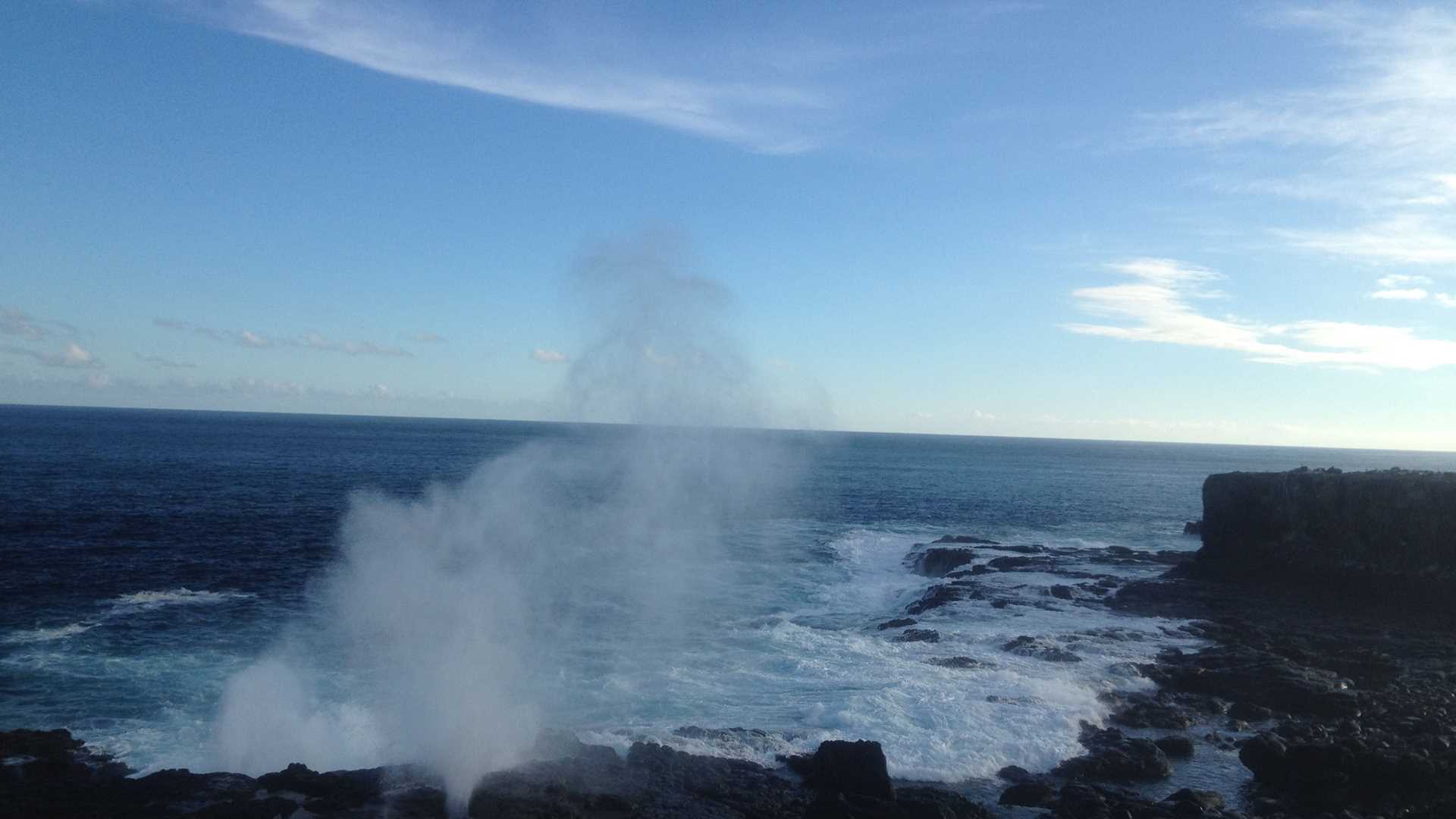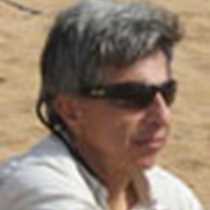Española Island is the oldest Galapagos Island as it sits on the southeastern end of the archipelago. All of the islands are the result of the activity of a stationary volcano producing area located to the northwest of the islands. As an extinct volcano Española Island is now expose to the elements and little by little it will deteriorate to the point that it will go back to the ocean.
Call +1.800.397.3348 or contact your travel advisor







